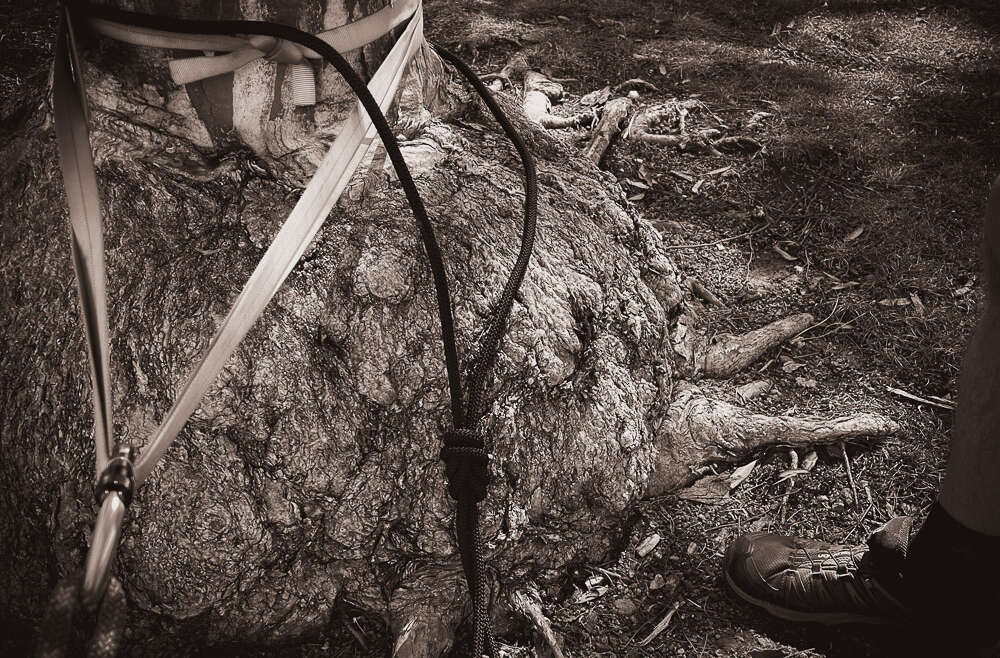In search and rescue operations, anchors play a critical role in ensuring the safety and effectiveness of the mission. They are the foundation of any rescue system and critical to operator safety. Anchors essentially provide the foundation for many rescue techniques, allowing rescuers to work with a safety margin in challenging and often unpredictable conditions.
The choice of anchor type and placement technique is critical and depends heavily on the environment, the nature of the rescue, and the equipment available.Some factors that play into anchor quality and operator safety are:
-
Load Distribution: Multiple anchors are often used together in what is known as an anchor system to distribute the load, enhancing safety. Configurations like the “equalette” distribute forces evenly across several points.
-
Redundancy: For safety, anchors are often set up redundantly so if one fails, others can still hold the load. In the snow, VCSAR1 often aims for triple redundancy.
-
Directional Anchors: These help in guiding ropes in a specific direction, useful in complex terrain where direct paths are not viable.
Rope Rescue and High-Angle Rescue
-
Fixed Anchors: These are points of attachment used to secure ropes to stable structures like trees, rocks, or man-made anchors. In high-angle rescues, such as those in mountainous or cliff environments, fixed anchors are crucial for creating belay systems, rappelling, or hauling systems.
-
Natural anchors (trees, boulders) are often used where available.
-
Man-made anchors might include bolts drilled into rock, pitons, or specially designed rescue anchors.
-
-
Mobile Anchors: Sometimes, portable anchors like sandbags or ice screws are used in environments where permanent or natural anchors are not available. These help in creating temporary anchor points for rescue operations.
Water Rescue
-
Boat Anchors: In maritime search and rescue, anchors are used to stabilize rescue boats or to create a secure point from which to conduct operations like swimmer deployment or patient extraction.
Urban Search and Rescue (USAR)
-
Structural Anchors: In scenarios involving building collapses or confined spaces, anchors are essential for creating safe access points, stabilizing structures, or for lowering and raising equipment and personnel.
-
Concrete anchors or through-bolts might be used to secure ropes or other rescue equipment.
-
Avalanche and Snow Rescue
-
Snow Anchors: Here, anchors like deadman anchors (buried objects in the snow) or snow pickets are used to secure ropes for accessing victims buried under snow or for creating safe zones during avalanche control operations. VCSAR1 team members practice with snow anchors often atop places like Mt. Pinos.
Safety Considerations
-
Strength Testing: Before relying on an anchor, it’s typically tested to ensure it can bear the weight of the rescue operation.
-
Environmental Impact: In natural settings, care is taken to minimize environmental damage when setting anchors.

